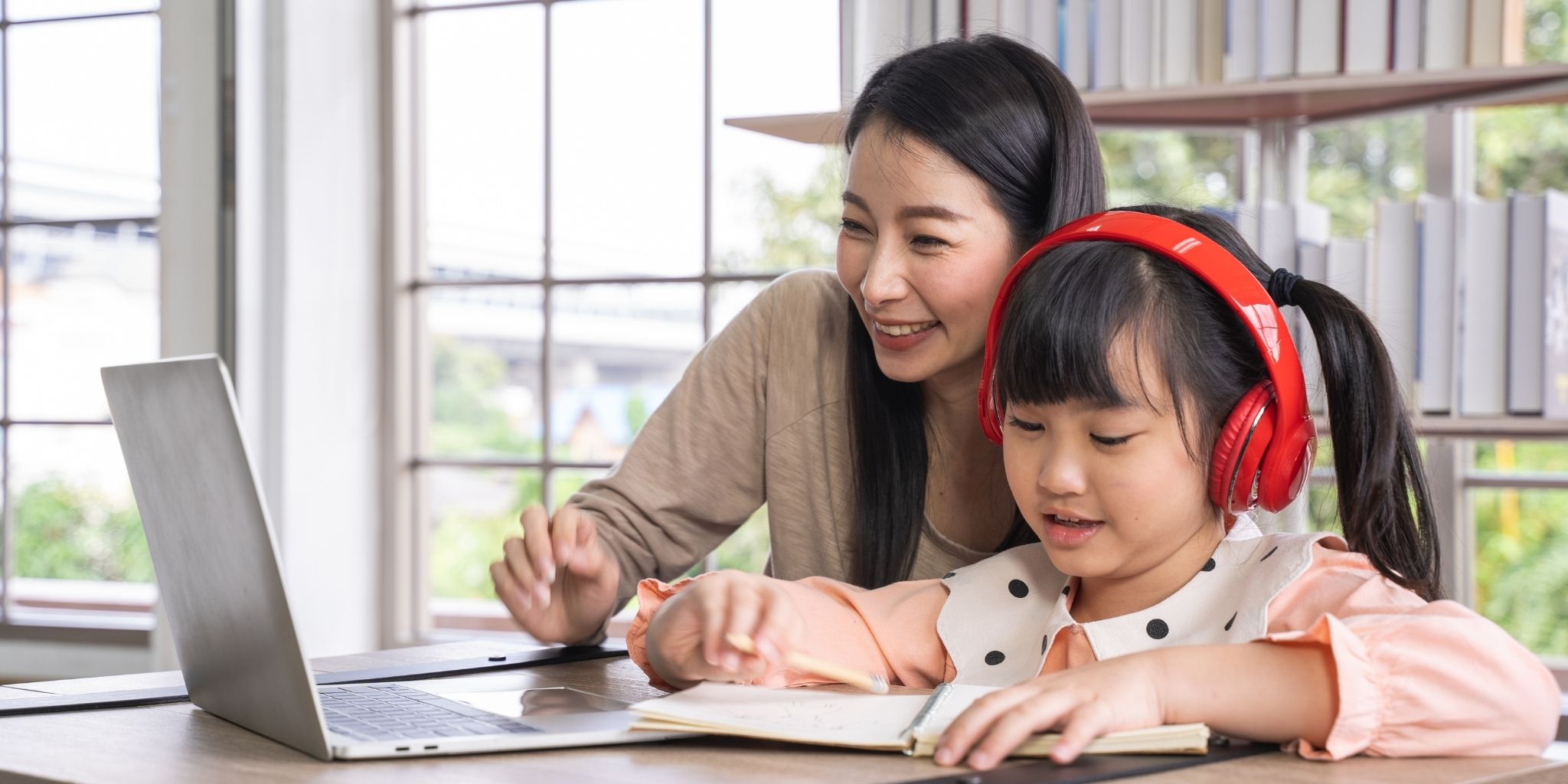
Everything you need to know about Home-Based Learning (HBL)
Is your child doing HBL in Singapore? With the prolonged effects of an ongoing pandemic, every child in Singapore has experienced some form of home-based learning. Online classes have replaced and reshaped the traditional ways of teaching. Do you want to prepare yourself and your child for the future of education? Keep reading to discover the best tips for enhancing their online learning experience.
What is Home-Based Learning and Why is it Important?
Students from all learning institutes were made to shift to home-based learning back in April of 2020 when COVID-19 began seriously spreading in Singapore. Throughout the period of full HBL, students were continuously supported and guided by their teachers and peers while attending online classes from home. Now, as schools have eased into blended (or hybrid) learning, HBL still remains part of Singapore’s education strategy in the midst of a pandemic.
The use of technology in traditional education has been on the rise even prior to COVID-19, with global EdTech investments reaching US$18.66 billion in 2019 from US$16.34 billion in 2018. Following the drastic and global shift away from classroom learning, it would not be far-fetched to assume that digital education will stick around beyond the context of the pandemic.
How do I Best Equip my Child for HBL?
Staying focused and motivated while having online classes at home may not come naturally to every child, and that’s perfectly understandable. However, children are good at adapting and with the right support, HBL can become an effective and powerful tool in your child’s learning journey.
Before Online Classes
1. Be Up and Ready:
It can be tempting for anyone, especially a child, to just stay in bed and attend online classes in pyjamas. Despite not having to physically go to school, it is important to maintain some sort of daily routine. Getting dressed for school, regardless of it being online, marks the beginning of the day and encourages greater productivity throughout.
2. Final Set-Up:
One advantage of home-based learning is the freedom to find what works best for your child and their needs. Picking a good spot to sit and have online classes is important, but it is even more crucial to let your child design the space in a way that makes them happy and comfortable. By encouraging them to create their own study space, they will be more likely to feel at ease and look forward to learning in that environment.
During Online Classes
3. Rely on Resources:
It is important for a child to make good and efficient use of both the online and offline resources available. Again, there is the freedom of figuring out which tools they benefit from most. For example, the Student Learning Space (SLS) is an online portal created by the Ministry of Education (MOE) for students to access school content and interact with their peers. Alternatively, organizational tools such as Trello provide a template for scheduling and planning out daily tasks efficiently.
Just because classes are online does not mean that every other aspect of learning should be. Traditional tools like planners, calendars, and notebooks might fit your child’s style better. Find out what works best for them and facilitate the resources accordingly.
4. Talk and Type:
Online classes can be a great excuse for students to remain passive. By encouraging your child to participate in class and take notes, they will be able to remain active and alert during lessons. As mentioned above, this is more likely to happen if they have the right tools and resources that motivate them to learn.
After Online Classes
5. Don’t Forget to Break:
Sitting in front of a computer screen for hours can be draining. Make sure your child has consistent and effective rest. After classes or during breaks, encourage an activity away from the computer such as taking a short walk, having a snack or listening to some music. A fun tip could be to create study playlists with your child for them to enjoy while taking a break or doing independent work.
6. Go Offline:
After the school day is done, it is important for a child to leave the laptop behind and rest their eyes. Plan some tech-free activities for after-school such as going outside, exercising or even taking a short nap. Avoid letting your child’s whole day revolve around a computer screen.

Most importantly, communicate. Learning in a less controlled environment can be a tough and confusing task for a child. Hopefully, with the tips from this article and the summarised infographic above, you can better guide and support your little online learner so that their HBL journey is as enriching as possible!
Alternatively, if there are days where you’re not at home with your child during HBL, these tips can also be utilised by one of the babysitters on our platform! Here you can find more similar articles and tips as well as the right babysitter for you!



